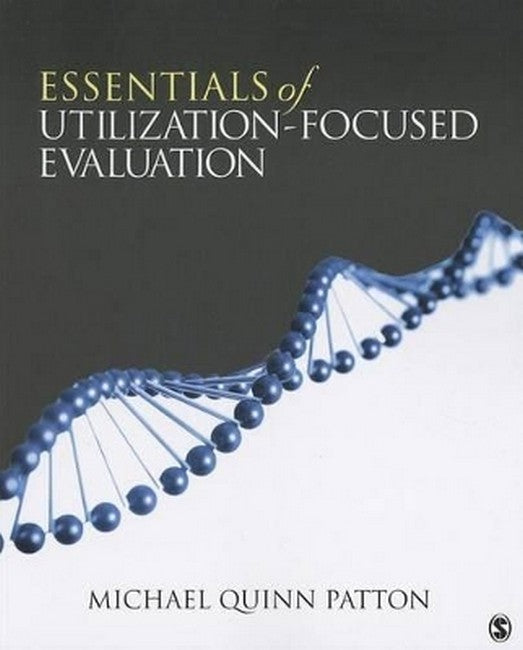Preface Introduction Step 1. Assess and Build Program and Organizational Readiness for Utilization-Focused Evaluation Step 2. Assess and Enhance Evaluator Readiness and Competence to Undertake a Utilization-Focused Evaluation Step 3. Identify, Organize, and Engage Primary Intended Users: The Personal Factor Step 4. Situation Analysis Conducted Jointly With Primary Intended Users Step 5. Identify and Prioritize Primary Intended Uses by Determining Priority Purposes Step 6. Consider and Build in Process Uses if and as Appropriate Step 7. Focus Priority Evaluation Questions Step 8. Check That Fundamental Areas for Evaluation Inquiry Are Being Adequately Addressed: Implementation, Outcomes, and Attribution Questions Step 9. Determine What Intervention Model or Theory of Change Is Being Evaluated Step 10. Negotiate Appropriate Methods to Generate Credible Findings That Support Intended Use by Intended Users Step 11. Make Sure Intended Users Understand Potential Methods Controversies and Their Implications Step 12. Simulate Use of Findings: Evaluation's Equivalent of a Dress Rehearsal Step 13. Gather Data With Ongoing Attention to Use Step 14. Organize and Present the Data for Interpretation and Use by Primary Intended Users: Analysis, Interpretation, Judgment, and Recommendations Step 15. Prepare an Evaluation Report to Facilitate Use and Disseminate Significant Findings to Expand Influence Step 16. Follow Up With Primary Intended Users to Facilitate and Enhance Use Step 17. Metaevaluation of Use: Be Aaccountable, Learn, and Improve Summary and Conclusion
Request Academic Copy
Please copy the ISBN for submitting review copy form
Description
"A well-written and interesting presentation of a complex subject." -- Melvin L. Musick, Pepperdine University "Essentials provides an updated and refined U-FE process that reflects the evolving nature of the evaluation field and evaluation use, addresses past criticisms, and provides a process that is more easily followed, iterative as it is...In writing this book, Patton appeared to follow the wisdom of Albert Einstein, who said, 'Make everything as simple as possible, but not simpler.' Patton has done this with Essentials of Utilization Focused Evaluation...The book offers practical exercises at the end of each chapter. These are not exercises for which one can go back and find the answer in the book, but rather applications that require a person to reflect and think. This is in keeping with the U-FE approach, which provides a framework requiring reflection, critical thinking, and flexibility in order to apply it appropriately." -- Donna Podems, Centre for Research on Evaluation, Science and Technology (CREST), Stellenbosch University, Stellenbosch, South Africa

